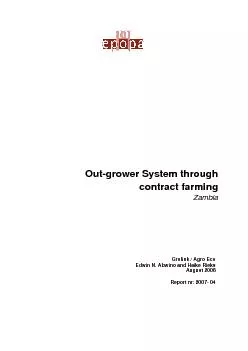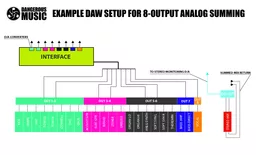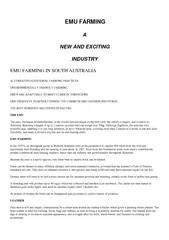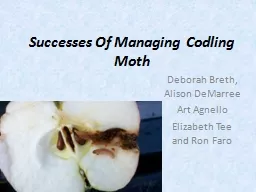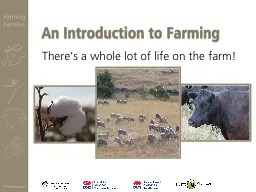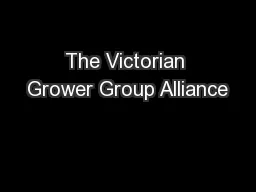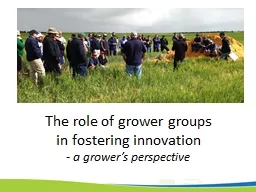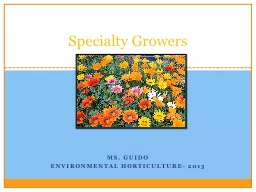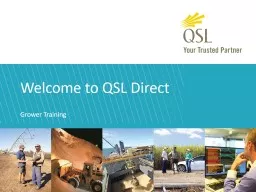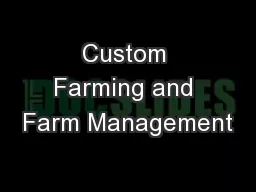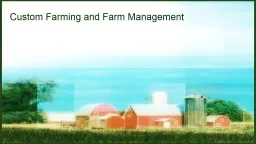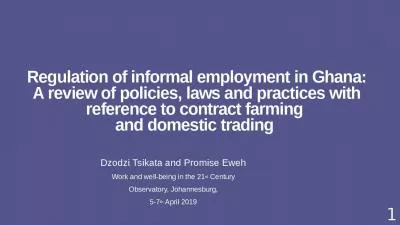PDF-Out-grower System through contract farming
Author : danika-pritchard | Published Date : 2016-12-30
Zambia Grolink Agro Eco Edwin N Abwino and Haike Rieks August 2006 Report nr 200704 Figure 2 The Centralized model Management and administration Technical staff
Presentation Embed Code
Download Presentation
Download Presentation The PPT/PDF document "Out-grower System through contract farmi..." is the property of its rightful owner. Permission is granted to download and print the materials on this website for personal, non-commercial use only, and to display it on your personal computer provided you do not modify the materials and that you retain all copyright notices contained in the materials. By downloading content from our website, you accept the terms of this agreement.
Out-grower System through contract farming: Transcript
Download Rules Of Document
"Out-grower System through contract farming"The content belongs to its owner. You may download and print it for personal use, without modification, and keep all copyright notices. By downloading, you agree to these terms.
Related Documents

